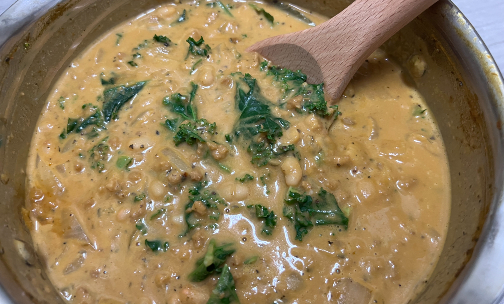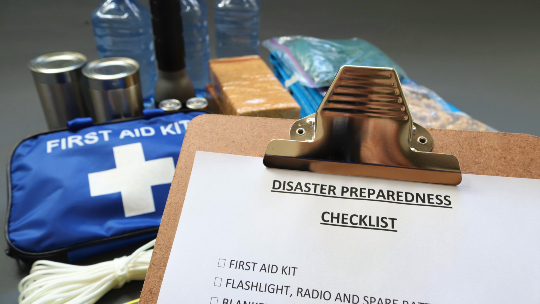As more cases of COVID-19 are discovered in Hawaii, you may notice some unfamiliar terminology being mentioned in the media. Here are some explanations to help keep you informed.
Novel coronavirus. A newly identified coronavirus that’s causing COVID-19. It’s different from other coronaviruses that cause mild illness like the common cold. Its official name is SARS-CoV-2. Like the common cold, it’s different from the coronaviruses that cause SARS and MERS. Novel means new.
COVID-19. The disease caused by the novel coronavirus. CO=corona. VI=virus. D=disease. The “19” indicates that it was discovered in 2019.
Endemic. The amount of a particular disease that’s usually present in a community.
Epidemic. An increase, often sudden, in the amount of disease in a community.
Pandemic. An epidemic that has spread to several countries or continents, usually affecting a large number of people. The World Health Organization (WHO) declared COVID-19 a pandemic on March 11, 2020.

Isolation. Separating sick people with a contagious disease from people who are not sick. Isolation can take place at home or at a hospital or other care facility. Special personal protective equipment is used to care for these patients in health care settings. For more information on isolation, visit the Centers for Disease Control and Prevention (CDC) website.
Quarantine. Separating and restricting the movement of people who were exposed to a contagious disease, but who may not have any symptoms, to see if they become sick. Health experts recommend that self-quarantine for COVID-19 lasts 14 days to know whether you’ll become ill or contagious. Self-quarantine is recommended if you recently returned from traveling to an area where COVID-19 is spreading rapidly or if you’ve been exposed to an infected person.
Self-quarantine includes:
- Staying home.
- Washing hands frequently.
- Not sharing towels, utensils, and other household items.
- Staying at least 6 feet away from other people in your household.
More recommendations on isolation are on the CDC website.
Social distancing. Keeping away from crowds to help stop or slow the spread of the virus. That’s why sports, musical, and other events are being canceled. Other examples of social distancing include:
- Working from home instead of at the office.
- Taking online classes instead of going to school.
- Visiting loved ones through video chat.
- Canceling or postponing conferences and large meetings.
To learn more about how you can protect yourself and loved ones, visit the Hawaii Department of Health website.
By doing your part, you can make a big difference in keeping you and those around you healthy.
Brian Wu, M.D., is a pediatric pulmonologist and medical director at HMSA.





